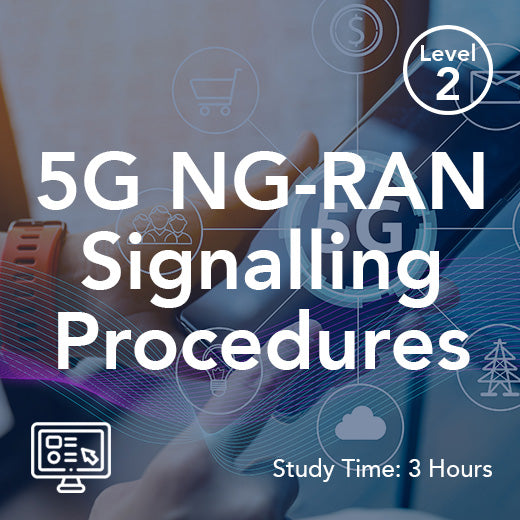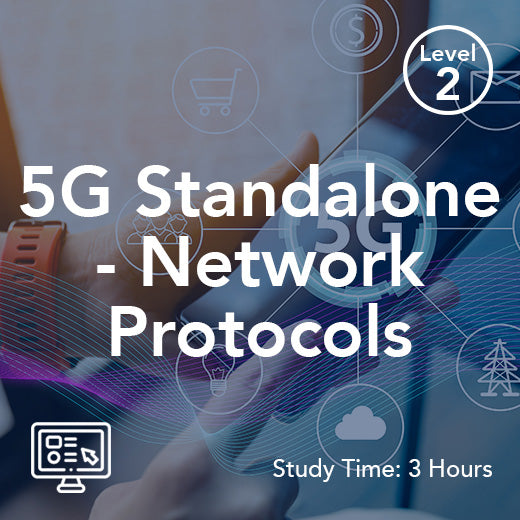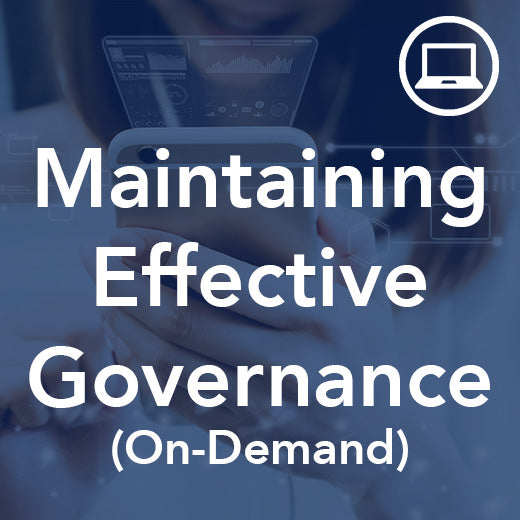Understanding Data Roaming: A Simple Guide for Everyone
- , by Paul Waite
- 15 min reading time
In today’s connected world, staying online while travelling abroad has become essential for many. Yet, the concept of data roaming often leaves people puzzled. Simply put, data roaming allows your mobile device to access the internet when you’re outside your home country, using foreign networks. It enables you to check emails, use maps, or browse social media without being tied to Wi-Fi. However, data roaming can sometimes lead to unexpected charges. In addition to standard roaming costs, you may also incur additional fees for certain data services, so it’s important to be aware of possible hidden costs when using your mobile devices abroad. This guide will break down the essentials of data roaming, offering practical tips to help you stay connected without breaking the bank.
Introduction to Mobile Networks
Mobile networks form the foundation of how we communicate and access information on the go. Operated by mobile network providers, these networks allow your mobile devices to make calls, send text messages, and access mobile data services for internet access. By connecting to cellular networks, your phone can stay connected almost anywhere, whether you’re at home or travelling. Understanding how mobile networks operate is key to managing your data usage and avoiding unexpected roaming charges, especially when you need to access mobile data outside your usual coverage area. When you enable data roaming on your device, you’re tapping into these networks to maintain internet access, ensuring you can stay connected wherever you are. Knowing the basics of mobile networks helps you make informed choices about your mobile data services and keep your communication seamless and cost-effective.
What is Data Roaming?
Definition and Basics
Data roaming (also known as mobile roaming) refers to the ability of your mobile device, such as a mobile phone, to connect to the internet using another network outside of your home country. When you travel abroad, your home network may not be available, and data roaming steps in to maintain your connectivity by linking with a foreign network, typically a local network in the country you are visiting. This feature ensures that you can access essential online services like email, maps, and social media without relying solely on Wi-Fi.
While useful, data roaming often incurs additional costs, as your mobile provider charges fees for using foreign networks. To prevent excessive charges, many providers set a data allowance for roaming, limiting the amount of data you can use while abroad. These charges and allowances can vary depending on your destination and service provider, making it important to check roaming agreements before travelling. Understanding the fundamentals of data roaming can help you manage usage and avoid unexpected expenses while staying connected on your travels.
Importance of Data Roaming
Data roaming is crucial for maintaining seamless connectivity when travelling abroad. In our digital age, having access to the internet is more than just a convenience — it’s often a necessity. Whether it’s for checking work emails, navigating unfamiliar streets with GPS, or staying in touch with family and friends through calls, texts, international calls, and internet access, roaming ensures you’re not cut off from the digital world. For business travellers, data roaming can be vital for maintaining productivity on the go. It also plays a critical role in emergencies, allowing instant access to local services and information. Although Wi-Fi is often available, it may not always be reliable or secure. Data roaming provides a consistent and secure alternative, ensuring you’re connected whenever and wherever you need. Understanding its importance helps you appreciate the value of staying informed about roaming options and managing your connectivity wisely.
How Data Roaming Works
Network Connections Explained
When you activate data roaming on your mobile device, it forms a connection with a local network provider in the country you are visiting. This process happens automatically as your device scans for available networks upon arrival. Essentially, your home network provider has agreements with foreign networks, allowing you to utilise their services. This seamless handover ensures that your phone's connectivity is uninterrupted. However, because these foreign networks are not part of your usual service plan, additional costs are often incurred. The charges not only cover the usage of data, but also the infrastructure provided by the host network. Understanding these connections is vital because it helps you make informed decisions about managing your data while abroad. By knowing how your device selects and connects to these networks, you can better control your data usage and potentially avoid unwelcome surprises on your phone bill.
Charges and Costs Involved
Data roaming charges can vary significantly depending on your mobile provider and the country you are visiting. Typically, these costs are higher than your usual data rates because they include roaming rates, which are the fees associated with using data abroad. When you use your phone overseas, you are paying for access to foreign networks, and mobile roaming charges are part of the overall costs. Providers may charge for data usage by the megabyte, which can quickly add up if you are streaming videos or downloading large files.
Some networks offer roaming packages or add-ons that provide a set amount of data at a reduced rate, which can be a cost-effective option if you plan to use data frequently abroad. You can also purchase a roaming add on, which allows you to buy additional data, texts, or minutes specifically for use while traveling. It’s important to check these options before travelling, as they can help you manage expenses. Additionally, some regions, like the European Union, have regulations that cap roaming charges, offering further protection from excessive costs. Understanding these charges allows you to plan ahead, conserve data, and stay within your budget while enjoying the benefits of being connected overseas.
Domestic Roaming: Not Just International
While many people associate roaming with international travel, domestic roaming is also an important aspect to consider. Domestic roaming happens when your mobile device connects to a different network provider within your own country, usually because your home network doesn’t have coverage in a particular area. This allows you to continue using mobile data and other services without interruption, even when you’re far from your provider’s main coverage zones. Most network providers include domestic roaming in their plans, so you may not face additional roaming charges, but it’s always wise to check your provider’s policy to avoid surprises. Domestic roaming is especially useful for those who travel frequently within their country and need reliable access to mobile data services. By understanding how domestic roaming works, you can ensure your mobile device stays connected and you can access mobile data wherever you go.
Network Provider Policies and Roaming
Every network provider has its own approach to data roaming, which can significantly impact your data usage and potential roaming charges. Some providers offer flexible pay as you go options, while others include roaming in pay monthly plans. It’s important to review your network provider’s roaming policy before you travel, as this will outline what services are available, which countries are covered, and what charges may apply. Many providers have agreements with other networks, allowing you to access mobile data services even when you’re outside your home network. These partnerships can affect the cost and quality of your roaming experience. By understanding your provider’s specific policies, you can choose the best plan for your needs, manage your data usage, and avoid unexpected charges when accessing mobile data on other networks.
Managing Data Roaming
Tips to Control Costs
Controlling data roaming costs is critical to avoid bill shock. One effective strategy is to purchase a roaming package or roaming add ons from your mobile provider before you travel. These packages and add-ons often offer reduced rates for data usage abroad and can help you avoid data roaming charges and avoid roaming charges while traveling. Additionally, make a habit of using Wi-Fi whenever possible. Many hotels, cafes, and public places provide free Wi-Fi, allowing you to stay connected without using your mobile data. Adjusting your phone settings can also help; turn off automatic updates and background data usage for apps. Download necessary maps, guides, and entertainment before you leave home. Another tip is to monitor your data usage regularly through your phone settings or provider’s app.
Lastly, consider getting a local SIM card or a prepaid sim card if you plan to stay abroad for an extended period. Prepaid SIM cards are a cost-effective alternative, offering local rates for data, calls, and texts. For travelers visiting multiple countries, certain SIM cards provide coverage across various nations, making them especially beneficial for multi-country trips. These steps can significantly reduce your data roaming expenses while keeping you connected.
Settings and Configurations
Properly configuring your mobile device settings can help manage data roaming effectively. Before travelling, ensure that data roaming is enabled on your device, as it is often turned off by default to prevent unwanted charges. To avoid unexpected fees, you can turn off data roaming in your settings app. On most smartphones, this setting can be found within the mobile data options or network settings menu. Use your phone's settings to manage data usage and control connectivity by enabling or restricting mobile data options. Once abroad, you can further control data use by disabling background app refresh. This prevents apps from consuming data when not in direct use. Switching off automatic updates for apps and the operating system is another prudent measure, as these can quickly eat up data. Additionally, consider using data-saving modes available on many devices, which limit data consumption by compressing images and pausing background activity. Regularly check your data usage through your phone settings or your provider’s app to stay within your limits.
For android users, you can manage data roaming by opening the settings app, navigating to Network & Internet, selecting Mobile Network, and toggling the data roaming option. For iphone users, open the settings app, tap Mobile Data, then Mobile Data Options, and use the switch to enable or disable data roaming as needed. With these configurations, you can enjoy connectivity abroad while keeping data usage in check.
Fair Usage Policy: What You Need to Know
A fair usage policy is a set of guidelines set by your network provider to ensure that all users have fair access to mobile data services, especially when roaming. This policy typically places a cap on how much data you can use while abroad or on another network, helping to prevent excessive data usage and unexpected roaming charges. If you exceed your fair usage limit, you may face additional charges or reduced data speeds. It’s essential to familiarise yourself with your provider’s fair usage policy before you travel, so you know exactly how much data you can use without incurring extra costs. By keeping track of your data usage and understanding these limits, you can avoid unexpected charges and make the most of your mobile data while roaming.
Mobile Network Coverage and Roaming
Mobile network coverage plays a crucial role in your ability to access mobile data services, both at home and abroad. If your provider’s coverage is limited in certain areas, your device may automatically switch to roaming services to keep you connected. This can lead to additional roaming charges if you’re not careful. To avoid unexpected charges, it’s important to check your provider’s coverage maps and roaming policies before you travel. In areas with limited coverage, you can use alternatives like Wi-Fi networks or local SIM cards to access mobile data without incurring high roaming fees. Local sims and Wi-Fi can be especially helpful for staying connected and managing your data usage efficiently. By understanding your provider’s network coverage and making use of available roaming services and alternatives, you can stay connected wherever you go and avoid unnecessary data costs.
Alternatives to Data Roaming
Using Local SIM Cards
Using a local SIM card is a viable alternative to data roaming, offering potentially lower rates and better connectivity. Upon arrival in a new country, you can easily purchase a SIM card from local vendors, airports, or convenience stores. These cards often come with prepaid plans, giving you control over how much you spend on data, calls, and texts. This option is particularly beneficial if you plan an extended stay, as it circumvents the often high costs associated with international roaming. Some providers also offer free roaming as part of their plans, allowing you to use your mobile services abroad without extra charges, which is a significant advantage for frequent travelers. Alternatively, an international SIM card can be a practical solution for seamless connectivity across multiple countries, especially if your trip involves visiting several destinations. Before switching to a local or international SIM, ensure your phone is unlocked and compatible with local networks. Be aware that replacing your SIM card may change your phone number temporarily, which could impact receiving calls and messages. However, for those primarily concerned with internet access, this option provides a cost-effective solution. Using apps like WhatsApp or Skype for communication can mitigate the inconvenience of a temporary number change.
Wi-Fi and Data Packages
Relying on Wi-Fi and purchasing data packages are practical alternatives to traditional data roaming. Many establishments, such as hotels, cafes, and airports, offer free or inexpensive Wi-Fi, enabling you to stay connected without incurring roaming charges. Using Wi-Fi for data-intensive activities like streaming or video calls can significantly reduce your mobile data usage. However, be mindful of security risks associated with public Wi-Fi networks; consider using a virtual private network (VPN) to protect your personal information.
In addition to Wi-Fi, many mobile providers, including major UK networks, offer international data packages or travel passes. These packages typically provide a set amount of data for a fixed price, but offerings and costs may differ between major UK networks, so it's important to compare their options. This can be a more predictable and affordable option than pay-as-you-go roaming charges. Research these options before departing to find a plan that suits your destination and usage needs.
When considering regional differences, keep in mind that EU roaming regulations previously allowed free usage within EU member states, but changes after Brexit have led to reintroduced or increased roaming costs for UK users. As a result, roaming charges and package availability can vary significantly depending on whether you are traveling within the EU or to other regions. Combining the use of secure Wi-Fi and tailored data packages offers a balanced approach to staying connected abroad.
Future of Data Roaming
Technological Innovations
As technology evolves, data roaming is set to become more efficient and cost-effective, driven by several key innovations. The advent of eSIM technology is one such advancement, allowing users to switch between mobile networks without a physical SIM card. This flexibility makes accessing local networks easier and more convenient, potentially reducing roaming costs. Furthermore, the expansion of 5G networks promises faster data speeds and more reliable connections, improving the quality of service for roaming users. Another innovation is the integration of artificial intelligence in mobile networks, which can optimise data usage and provide personalised roaming packages based on user behaviour. These technologies are poised to enhance user experience by making data roaming more seamless and affordable. As these innovations become mainstream, consumers can expect better value and improved connectivity when travelling abroad, potentially transforming how we stay connected in an increasingly mobile world.
Regulatory Changes and Impacts
Regulatory changes play a significant role in shaping the future of data roaming, primarily by making it more accessible and affordable. In regions like the European Union, regulations have been implemented to eliminate roaming charges within member countries, known as the "Roam Like at Home" initiative. This policy has set a precedent for other regions, encouraging similar frameworks to protect consumers from excessive costs. Additionally, as the global demand for connectivity increases, regulators are exploring agreements to standardise roaming charges internationally. Such measures aim to foster fair competition among providers and ensure transparency in billing. These regulatory efforts are likely to reduce data roaming expenses and enhance user experience by promoting competitive pricing and improved service quality. As more countries adopt these changes, travellers can expect greater consistency in roaming charges, empowering them to stay connected without financial stress. These impacts will reshape consumer expectations and drive the evolution of mobile connectivity across borders.


































